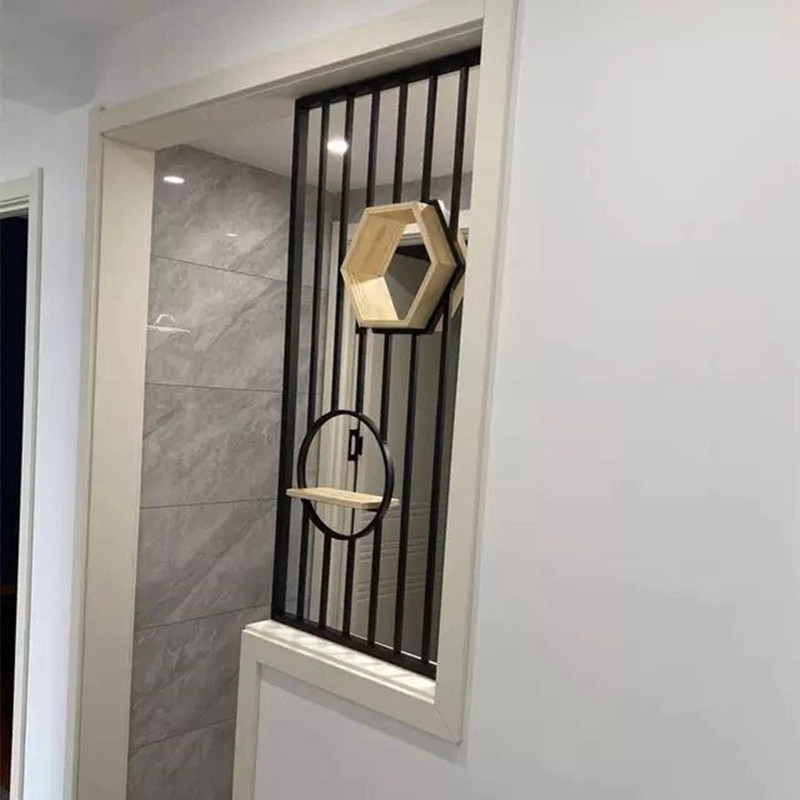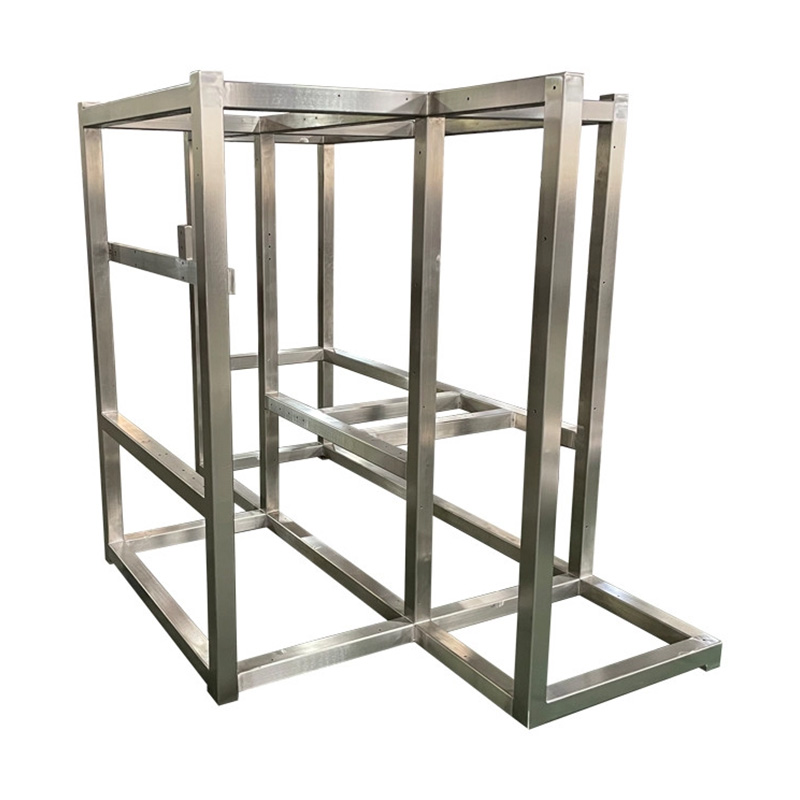Material Matters: Choosing Your Metal Base
Selecting the right metal fundamentally shapes your project’s lifespan and aesthetics. Aluminum alloys (like 1100 or 3003 series) dominate interior applications due to their lightweight nature and corrosion resistance—perfect for feature walls or partitions. Zinc, though costlier, offers self-healing properties and develops a beautiful patina over time, making it ideal for high-end façades. For luxury interiors, brass or copper delivers warm, reflective surfaces that deepen in character with age :cite[1]:cite[2]:cite[6].
| Material | Best For | Thickness Range | Cost Factor |
|---|---|---|---|
| Aluminum | Interior walls, ceilings, cost-effective façades | 0.3mm–10mm | $$ |
| Stainless Steel | High-traffic areas, coastal environments | 0.5mm–8mm | $$$ |
| Copper/Brass | Luxury features, statement art walls | 1mm–3mm | $$$$ |
| Zinc | Sustainable façades, rain screens | 0.7mm–1.5mm | $$$$ |
Surface Treatments: Color, Texture & Protection
Surface finishes transform raw metal into design assets while boosting durability. Powder coating remains the go-to for vibrant RAL colors—think bold reds or deep blacks—applied electrostatically and cured under heat. For exteriors, PVDF coatings (like Kynar 500®) resist UV fading and pollution twice as long as standard paints. Want tactile appeal? Brushed, polished, or matte textures add depth. Take it further with patinated copper for organic verdigris effects or anodized aluminum for permanent metallic luster :cite[2]:cite[4]:cite[6].
We specified PVDF-coated panels for a Singapore hotel in 2025. Decorative metal panels facing the ocean retained color integrity despite 90% humidity and salt exposure—something standard paints couldn’t achieve.
Perforation Patterns: Art Meets Science
Perforations aren’t just decorative; they manage light, airflow, and acoustics. Laser-cut or CNC-punched holes can form images (like the Maya hieroglyphs at Southwest College), geometric arrays, or organic swirls. Hole sizes from 5–10mm with 7%–50% open area balance privacy with visibility. Interestingly, perforated panels can reflect up to 79% of light while diffusing harsh glare—ideal for sun-drenched atriums :cite[3]:cite[7]:cite[10].
Case Study: Southwest College Health Center
Architects used variable-size perforations to depict ancient Maya glyphs meaning “health” and “cool” on custom metal cladding. At night, backlighting transforms the façade into a glowing cultural statement. Bonus: the perforations provide passive ventilation, cutting AC costs by 15% :cite[3].
Size & Form Flexibility: Beyond Flat Sheets
Modern fabrication tech lets metal defy its rigid reputation. Panels up to 1800x5000mm minimize seams for sleek façades. Curved? Hydraulic presses bend aluminum into cylindrical columns or wave-like screens. For 3D drama, consider embossed diamonds, fluted textures, or the “Stars” collection—hand-applied metal strips creating dynamic light-play on walls. Corrugated profiles (like Silver Back House) add rustic-industrial charm while strengthening the panel :cite[6]:cite[8]:cite[10].
Pro tip: Always request test bending if radii are under 150mm—some alloys crack if worked too aggressively.
Functional Upgrades: More Than Just Pretty
Today’s panels multitask brilliantly. Integrated LED channels backlight perforations for nighttime drama. For noisy spaces, perforated panels with acoustic backing absorb up to 70% of ambient sound. Sublimation printing fuses photographic images onto aluminum permanently—great for branding walls. And for green buildings, some architectural metal screens integrate photovoltaic cells disguised as decorative patterns :cite[1]:cite[5]:cite[9].
Your 5-Step Customization Roadmap
- Define Needs: Is this a feature wall? Façade? Partition? Prioritize must-haves (e.g., acoustics, weather resistance).
- Material Match: Choose metal and finish based on location (indoor/outdoor), budget, and aesthetics.
- Design Development: Share sketches, patterns, or concepts. Suppliers like WeiTing convert these into CAD files.
- Prototype & Test: Order samples to check colors, textures, and perforation effects under actual lighting.
- Install Prep: Verify mounting systems—hidden clips? Exposed fasteners?—and substrate requirements.
Common Customization Mistakes to Avoid
Warning: Ignoring environmental factors causes premature failure. Coastal sites demand marine-grade aluminum or stainless steel. Acid-rain-prone areas need robust coatings like PVDF. Always discuss location specifics with your supplier.
Underestimating weight: Large brass panels require heavier-duty framing than aluminum—factor this early! Forgetting maintenance: Matte finishes show fingerprints more than textured ones. Specify accordingly for high-touch areas.
Installation Prep Checklist
✓ Verify panel thickness aligns with span requirements (e.g., 3mm+ for façades over 1.2m)
✓ Confirm substrate flatness (±3mm tolerance)
✓ Check coating compatibility with adjacent materials (e.g., avoid copper near untreated steel)
✓ Test anchor systems on substrate mockup
✓ Plan handling to prevent scratching coated surfaces
FAQs: Decorative Metal Panels Demystified
Q: How much do custom decorative metal panels cost?
A: Prices vary wildly: simple laser-cut aluminum starts at ~$50/sqm, while intricate brass artworks can exceed $800/sqm. Volume matters too—orders over 500sqm often see 20% discounts :cite[2]:cite[7].
Q: Can these panels be used outdoors?
A> Absolutely! Just specify weather-resistant metals (aluminum, zinc, stainless steel) and coatings (PVDF or anodized). Proper drainage detailing is critical—consult façade engineers early.
Q: How long does customization take?
A> Allow 4–8 weeks. Complex designs involving bending, special tooling, or imported metals may take 12+ weeks. Sample approval alone can take 10 days :cite[1]:cite[10].







